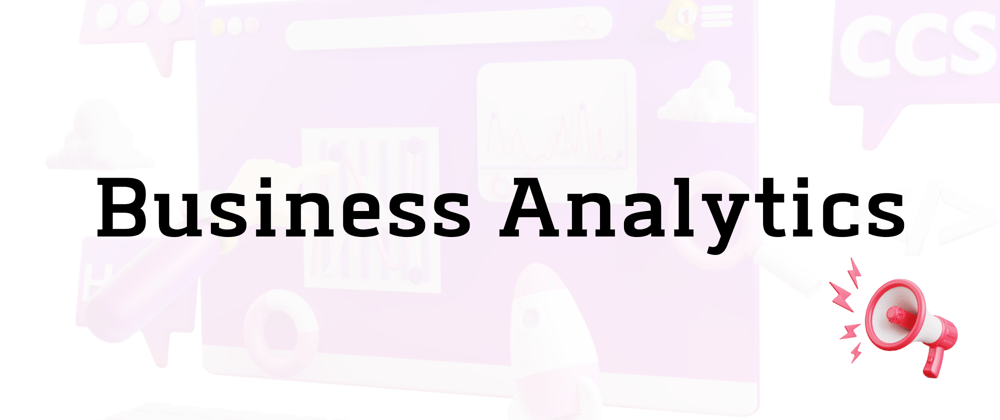We all know that business analysis is crucial in evaluating performance to achieve work efficiency. There are two conditions to achieve efficiency. The first reduces the cost (resources) of production, and the second increases income.
Because the basis (or the goal) is the same, the analysis process must have a mature framework. So that in the process, each analysis carried out can be interpreted quickly and allows for reuse with different case studies, or the term is modularity. I am introducing a framework called business analytics which consists of three main stages.
Descriptive Analytics
Descriptive analytics is the first stage of an analyst to review his entire data from the top point of view. This point of view will provide an overview of existing data distribution after we know the problem we want to solve.
This stage requires an analyst to understand the problem comprehensively and create a rough technical framework for solving it. This stage will also produce findings that cannot be obtained directly from the data. This insight will then be the basis for the problem-solving steps that are carried out.
For example, this stage will present a dashboard that can briefly understand what events have occurred in the distribution of available data. This dashboard allows the emergence of questions that can be answered directly using the dashboard or report available at this stage (of course, after adjusting to the problem to be solved).
Predictive Analytics
Prescriptive analytics is the second stage that predicts a data trend. This stage will generally deal with columns of data type timestamps. Data types in date and time can be used as a reference for a KPI at a particular deadline and then compared with other deadlines in a specific line chart.
For example, a profit is shown in a line chart. Then from the trend formed, the yield will be projected on several future deadlines to create profit forecasting from the unrestricted movement. Ensure the prediction model has a good MAE or MAPE evaluation level so the prediction results are not too far from the original data later. It is also necessary to ensure that there is a repetitive trend and not too varied to create the prediction results optimally.
Prescriptive Analytics
The final stage is the gold of all. At this stage, all the analysis results are expected to produce a series of strategies for solving problems in a structured manner. Undeniably, the analysis results made by an analyst must be helpful to achieve the two bases of goals that have been defined previously. Therefore, the form of the output product from this stage can be of various kinds and is generally in the form of a model in five data mining roles. The five functions include:
- Estimation (estimating the value of a data based on the similarity of the previously generated attributes)
- Forecasting (predicting a value based on the trend of previous data on a specific date.
- Classification (grouping a data based on similarities in specific categories)
- Clustering (grouping data based on proximity to a centroid in each cluster)
- Association (shows the relationship between available data)
Of the five roles, the developed model will have various functionalities. However, in general, it will produce new data that can reduce production costs







Top comments (0)